
Three per cent of these injuries proved fatal, according to the data collected by the Road Traffic Injury Research and Prevention Centre, which revealed that the highest number of accidents took place on Sharae Faisal, MA Jinnah road, Korangi Road, National Highway and Mauripur Road.
Around 12 per cent of the accidents take place in Saddar, followed by Liaquatabad and Jamshed Town, each with nine per cent.
The Centre is working in collaboration with the Aga Khan University Hospital (AKUH), Jinnah Postgraduate Medical Centre (JPMC), Nadirshaw Edulji Dinshaw (NED) University of Engineering and Technology and the federal ministry of health to collect data which quantifies the reasons behind road accidents across the city.
The report, which is released biannually, not only identifies the areas where the most number of traffic-related accidents take place, but also sheds light on the engineering flaws in vehicles involved in accidents, as well as a lack of institutional framework and behaviour patterns of the people.
Our main purpose is to come up with ways to reduce the number of road accidents," said the Centre's programme manager Syed Ameer Hussain, calling the traffic situation in Karachi "a mess". The Centre monitors the casualties of road accidents at five hospitals in Karachi - the JPMC, AKUH, Civil hospital, Abbasi Shaheed Hospital and Liaquat National Hospital. According to its report, 85 per cent of the people injured in accidents are men while around 54 per cent of the people injured are taken to hospitals in ambulances. The most number of road mishaps are caused by motorcyclists, who are involved in road accidents 55 per cent of the time, followed by car drivers at 12 per cent and bus drivers at seven per cent.
The people most likely to be injured in road accidents are motorcyclists and bicyclists at 55 per cent, pedestrians at 25 per cent and passengers in four-wheel vehicles at 13 per cent. Despite the high number of accidents, barely five per cent of the motorcyclists use a helmet, it was also reported.
The factors that contribute the most to accidents are errors in a driver's judgement or reaction, distraction, vision obstruction, physical limitations or the condition of roads and vehicles. According to Hussain, people's behaviour patterns also contribute more to accidents than is led to believe. A driver's apparel, kite strings and other objects can cause confusion while driving. Vehicles are sometimes forced to stop suddenly due to an obstruction on the road, which can cause collisions as well. Hussain said while the data and graphs collected by the Centre offer an overview of the situation, the information is not comprehensive as the frequency of accidents varies from place to place in accordance with the road dynamics in any given area. However, a study of traffic is helpful in identifying the problems that result in accidents. There was a blind spot on Jinnah Bridge where the rate of accidents was the highest. The problem was fixed by installing "cats eyes", said Hussain. Similar problems were identified and fixed at the Korangi Naddi and the Numaish area.
Published in The Express Tribune, November 17th, 2010.

















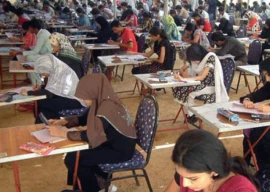

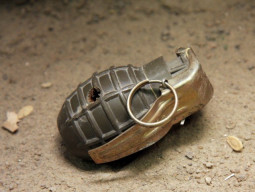

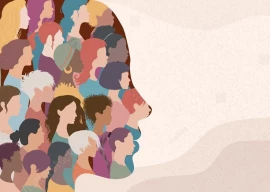

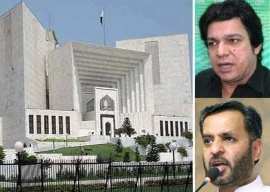
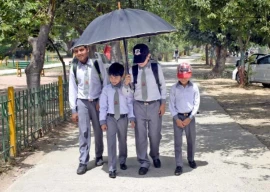



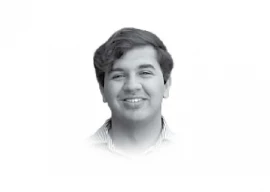
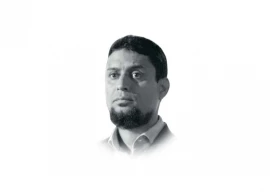



COMMENTS (2)
Comments are moderated and generally will be posted if they are on-topic and not abusive.
For more information, please see our Comments FAQ